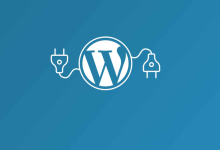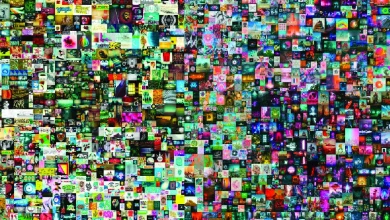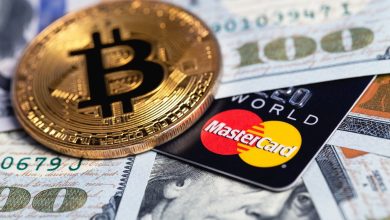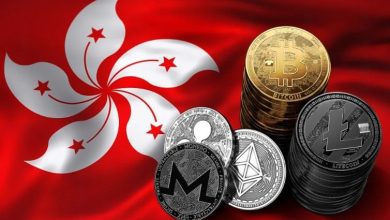SWIFT Taps ETH Layer 2 to Rival Ripple’s XRP Payments Network
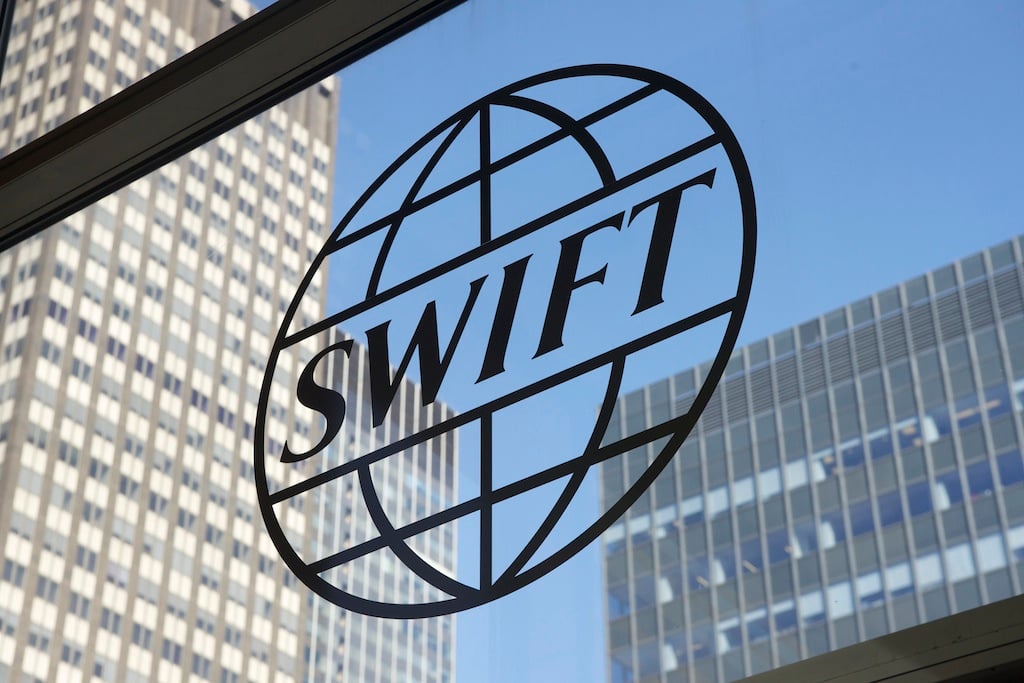

Lubin Confirms Linea Integration
SWIFT, the Society for Worldwide Interbank Financial Telecommunication, will use ETH layer 2 Linea for its new blockchain-based payment settlement system, according to Consensys chief executive Joe Lubin. The announcement, made during Token2049 in Singapore, confirmed speculation that Linea had been chosen later than SWIFT unveiled its plans earlier this week.
SWIFT said it partnered with Consensys and more than 30 global financial institutions to build infrastructure for a 24/7 real-time crypto payments rail, but did not identify the chain. Lubin confirmed Linea as the platform in a fireside chat, adding that SWIFT chief executive Javier Pérez-Tasso had held back naming it during the initial rollout.
“I believe the sentiment was, ‘thank you for doing this.’ It’s about time to bring the two streams, DeFi and TradFi, together,” Lubin said.
Investor Takeaway
What Linea Brings to SWIFT
Developed by Consensys, Linea is a zk-EVM rollup designed to cut transaction fees while improving scalability. It processes around 1.5 transactions per second at roughly one-fifteenth the cost of ETH mainnet fees. According to L2BEAT, Linea holds $2.27 billion in total value locked, ranking fourth among ETH layer 2 networks behind Arbitrum One, Base, and OP Mainnet.
SWIFT clears about $150 trillion in global payments annually through its existing banking rails. Moving even a fraction of this activity onto blockchain would mark one of the largest institutional integrations of distributed ledger technology to date. For banks, the attraction lies in near-instant settlement, continuous operation, and reduced error rates compared with legacy systems.
Global Banks Join the Pilot
Major institutions including Bank of America, Citi, JPMorgan Chase, and Toronto-Dominion Bank are participating in the pilot phase. The project could emerge as a direct competitor to Ripple’s XRP Ledger, one of the few blockchain networks that has positioned itself for cross-border banking payments. Ripple has long pitched its system as an alternative to SWIFT’s own messaging rails, but SWIFT’s new initiative may reverse that dynamic.
The shift reflects broader momentum in the banking sector toward tokenized settlement infrastructure. Trials such as JPMorgan’s Onyx network and Citi’s tokenization pilots show growing comfort among large banks with blockchain-based payments.
Investor Takeaway
Beyond Payments: Linea’s Broader Role
Lubin also spoke about Linea’s wider potential, describing it as a platform for decentralized communities and governance. “We will have user-generated civilization and user-generated content on Linea and other places,” he said, suggesting that ETH’s trustless settlement layer could enable bottom-up infrastructure beyond payments.
Decentralized autonomous organizations (DAOs) have already attempted to build such systems, using smart contracts and voting mechanisms to run treasuries and services without centralized leadership. While adoption at scale has lagged, Lubin’s remarks underscore the view that platforms like Linea can provide the technical base for experimentation across finance and governance.
What Comes Next
SWIFT has not given a timeline for a commercial launch, but the pilot with more than 30 banks signals that the institution is moving beyond testing. Whether banks adopt blockchain-based settlement at scale will depend on regulatory clarity and interoperability with existing systems. For now, Linea’s selection ties the world’s largest payments messaging network directly to ETH’s scaling ecosystem, a development that could influence how trillions of dollars in future payments are settled.
